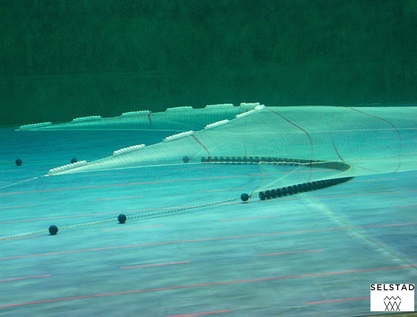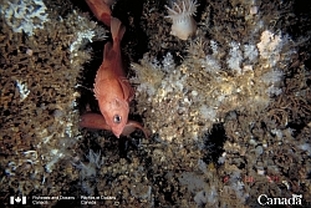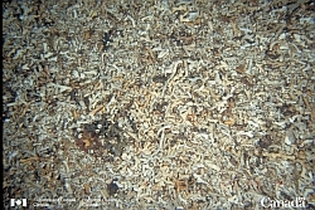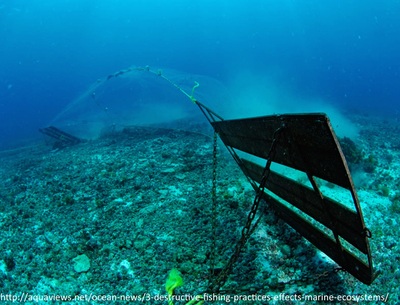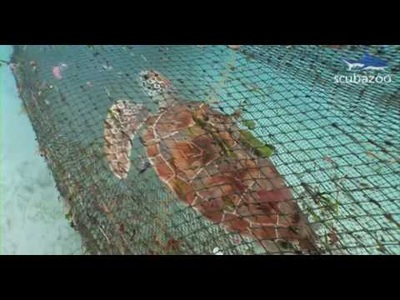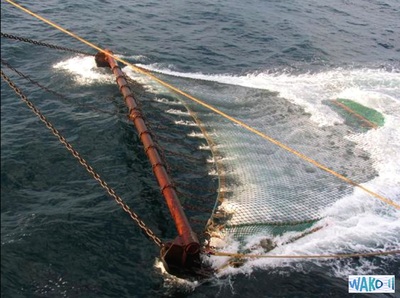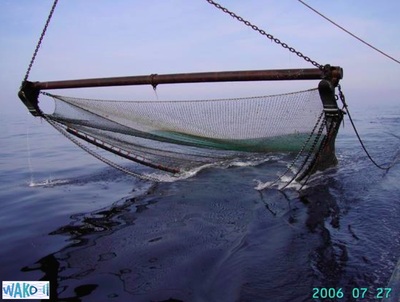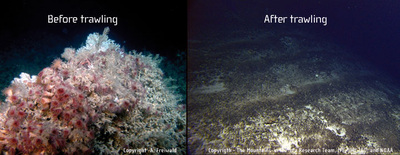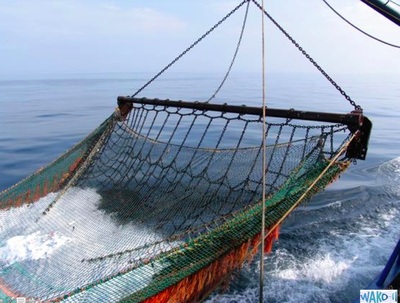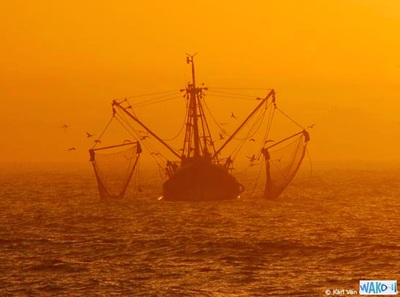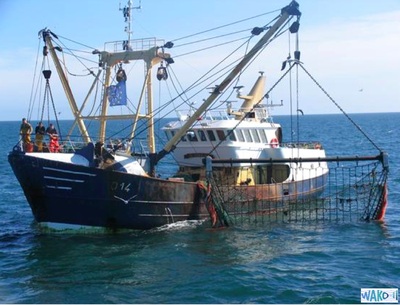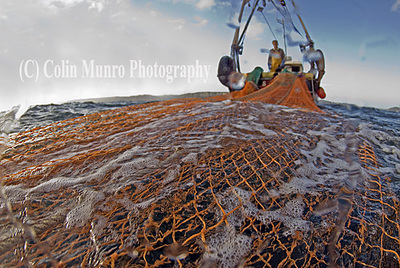Bottom Trawling/Trawl Gears
This method is often used by industrial fishing boats and is accused of heavily contributing to the overfishing problems that impact the world today.
|
“Rockhopper” nets have large disks that enable the trawls to vault over and barrel through rough terrain without tearing or ripping the net.
|
Not only does bottom trawling ruin local fisheries and leave devastating impacts on local fishermen, industries and livelihoods, it is incredibly destructive to seafloor populations and ecosystems as well. The net aimlessly catches everything it encounters, causing most bycatch, including endangered fish and ancient deep-sea coral, to die and be thrown overboard. This bycatch can constitute 90% of the trawl net's total catch. When the weighted nets and trawl doors are scraped along the ocean floor, everything along their path is disturbed or destroyed, including seagrasses, coral reefs or rock gardens that provide food, shelter, and protection to many marine species. Such destruction can leave marine ecosystems permanently damaged and ruined.
|
This fishing method has been banned in many locations like Indonesia, the Mediterranean, New Zealand, and the Canary Islands. Many U.S. states, such as Florida, Georgia, North Carolina, South Carolina, California, Oregon, Washington, Alaska, and Hawaii have also created laws that prohibit bottom trawling.
